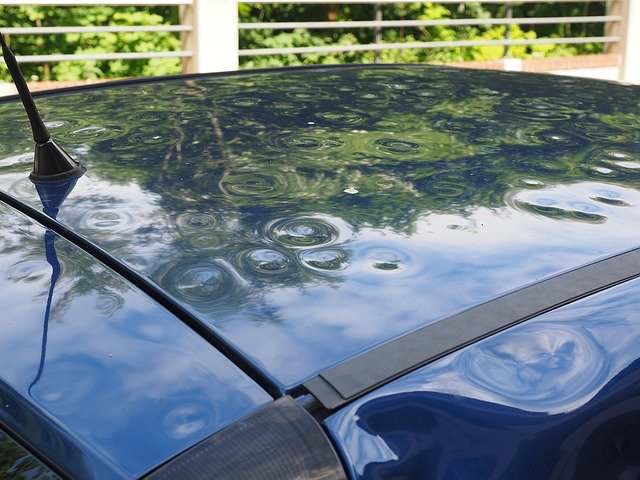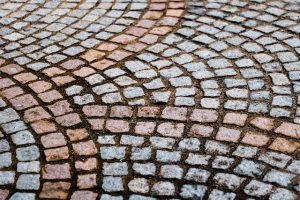
3 Steps To Take After a Storm Damages Your Roof
As a homeowner, ensuring that all aspects of your house are in good condition is vital. Otherwise, there can be negative consequences for you and everyone else living there. During a storm, the most at-risk part of your home is the roof since it takes the brunt of the impact from hail, winds, trees and other debris that rough weather may bring. Eventually, most roofs take on some kind of damage from storms. Here’s what to do in the unfortunate event that your roof suffers such damage.
1. Stay Calm
Storm damage, especially if it occurs as the result of a tree falling, can be stressful. The roof may leak, possibly ruining items in the attic or even the main areas of your home. However, it is essential to stay calm in such an event. Panicking can consume essential time that should be spent minimizing the effects of the damage. Instead of becoming unnerved, use those moments to assess the harm done and move any items that are at risk of getting wet.
If the damage is not to the point of causing a leak, it is still important to stay level-headed as you examine the exterior of your roof — check for any tears, splits or bruises in your shingles. These can lead to leaks and vulnerability down the road. If you suspect that the danger has not passed, or if the storm is ongoing, go to a safe area in your home (e.g., the basement or a windowless room) and wait until it’s safe to continue your assessment.
2. Get Help
After you’ve assessed the situation, the next step is to get your roof repaired as soon as possible. Some companies for storm damage roof repair Denver CO specialize in reversing the negative effects that storms can have on your home. The sooner you can schedule your consultation, the better — waiting to get help can cause further damage and weaken the integrity of your roof. This can lead to the loss of valuable possessions or even lives.
3. Take Preventative Measures
After your roof is repaired, take measures to lessen the likelihood of impairment from a future storm. Ways to do this include but are not limited to:
- Cleaning out your gutters
- Felling any dead trees in your yard
- Scheduling annual roof inspections
By being proactive, water is less likely to collect on your roof and fewer trees will have the opportunity to fall on it. Preventing damage before it occurs can contribute to both your peace of mind and the possible safety of all who live in your home, which is priceless.


















